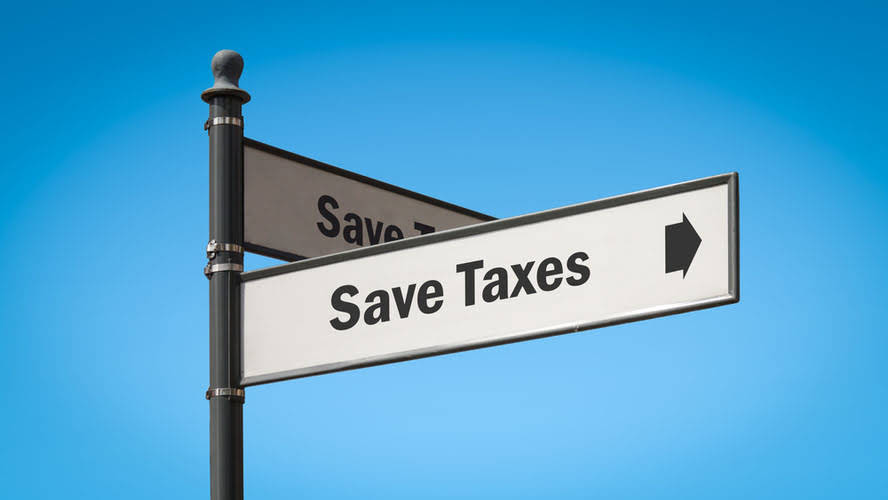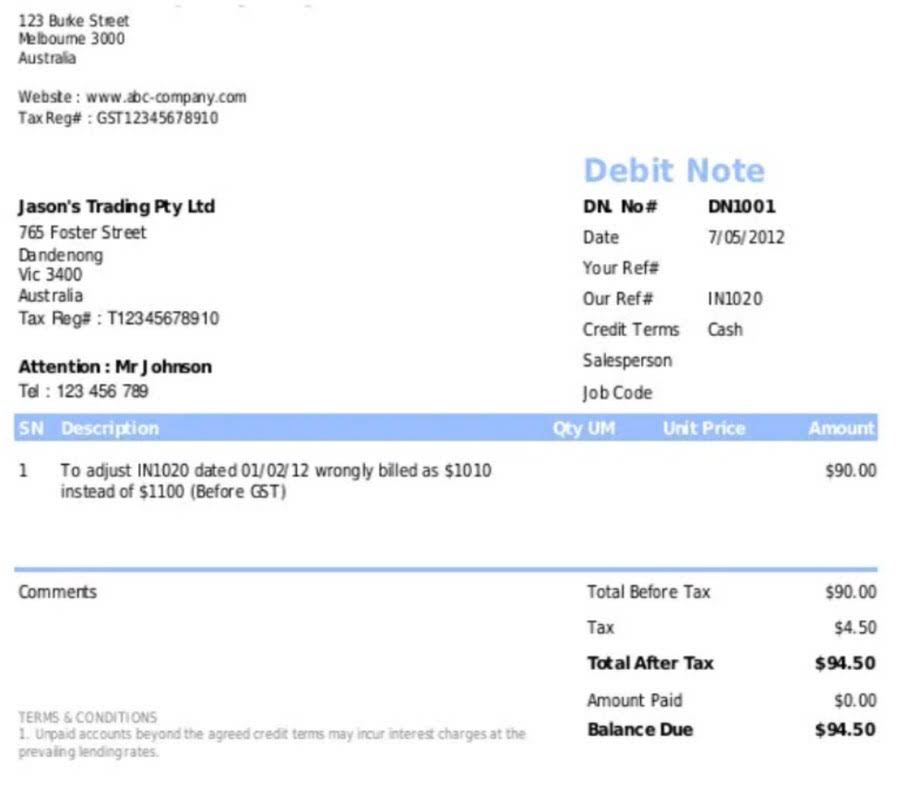How to Calculate the Number of Shares of Common Stock Outstanding The Motley Fool

These figures are generally packaged within the investor relations sections of their websites, or on local stock exchange websites. Companies typically issue shares when they raise capital through equity financing or when they exercise employee stock options (ESOs) or other financial instruments. Outstanding shares decrease if the company buys back common stock outstanding formula its shares under a share repurchase program. For blue chip stocks, multiple stock splits over decades contribute to market capitalization growth and investor portfolio expansion. However, simply increasing outstanding shares isn’t a guarantee of success; companies must consistently deliver earnings growth to achieve sustained investor confidence.
Outstanding shares: meaning and types
The information is also available on stock data websites like Stock Analysis. You can find shares outstanding at the top of a company’s 10-Q or 10-K filing. Evaluating the trend of this number provides useful insights to investors. Importantly, the number of shares outstanding is dynamic and fluctuates over time. The first of these, unrestricted shares, is also known as “the float.” These are the shares that can be actively traded on the open market. When you buy stock in a company, you are buying an ownership stake, which is issued as a share of stock.
Related investing topics
Should they do so, however, they would also contribute $50 million in cash to the corporate treasury. A publicly-traded company can directly influence how many shares it has outstanding. The net dilution equals the gross new shares in each tranche less the shares repurchased. Thus, the “Net Earnings for Common Equity”—which is calculated by deducting the preferred dividend from net income—amounts to $225 million. The distinction between the basic and diluted EPS can be seen in the denominator of their respective formula. For example, the share is issued at the cost of $100, and its par value is $20, which means you should have a minimum amount of $20 to purchase the shares.

Premium Investing Services
Shares Outstanding represent all of the units of ownership issued by a company, excluding any shares repurchased by the issuer (i.e. treasury stock). If you happen to invest in companies on the stock market, you probably own quite a lot of shares. With the use of this earnings-per-share calculator, you will be able to assess their real value in just a few clicks. This tool will teach you how to calculate your earnings per share and provide you with a foolproof EPS formula. However, if the preferred shares are converted, then the dividend is added back to net income (and the new shares are added to the shares outstanding) for the purposes of calculating diluted EPS.
- For a loss-making company, the diluted share count will reduce loss per share, since the net loss is being spread over a larger amount of shares.
- When you buy stock in a company, you buy a percentage ownership of that business.
- For example, they may compare the forward EPS (that uses projections) with the company’s actual EPS for the current quarter.
- The distinction between the basic and diluted EPS can be seen in the denominator of their respective formula.
- The numerator of the equation is also more relevant if it is adjusted for continuing operations.
The inputs you’ll need for this calculation are located on the balance sheet. Yarilet Perez is an experienced multimedia journalist and fact-checker with a Master of Science in Journalism. She has worked in multiple cities covering breaking news, politics, education, and more. Volatility profiles based on trailing-three-year calculations of the standard deviation of service investment returns. Get stock recommendations, portfolio guidance, and more from The Motley Fool’s premium services. The larger stock market is made up of multiple sectors you may want to invest in.
Everything You Need To Master Financial Modeling
- Since EPS is just one possible metric to use to examine companies’ financial prospects, it’s essential to use it in conjunction with other performance measures before making any investment decisions.
- If you’re interested in learning about common stock, you may also in learning about the best broker available for your needs, so visit our broker center to discover the possibilities.
- In fact, a trailing EPS is calculated using the previous four quarters of earnings.
- A company’s number of outstanding shares is not static and may fluctuate wildly over time.
- It is also a major component of calculating the price-to-earnings (P/E) ratio, where the E in P/E refers to EPS.
This is because the total number of outstanding shares will change over time. Stock options will be exercised; restricted stock may vest after executives hit certain targets. Stock might be sold to raise capital; convertible debt might move into, or out of, the money. Basic shares outstanding represent the actual number of shares outstanding during a period.
Share Repurchase Program

Generally, you won’t need to calculate this number yourself and it will be listed for you on a company’s 10-Q or 10-K filing. A company may announce a stock split to increase the affordability of its shares and grow the number of investors. For instance, a 2-for-1 stock split reduces the price of the stock by 50%, but also increases the number of shares outstanding by 2x. Helpful Fool Company’s board has elected to issue just 2,000 shares at this time. Therefore, the company currently has authorized 5,000 shares and has 2,000 shares issued and outstanding. Outstanding shares impact a company’s market capitalization, which is calculated by multiplying the stock price by the number of outstanding shares.
- These companies aggressively fund their growth by using convertible debt and paying employees with stock incentives.
- Outstanding shares represent a company’s shares that are held by investors, whether they’re individual, institutional, or insiders.
- The “Ending Shares Outstanding” represents the common share count on the first date of the quarter.
- In some cases, the balance sheet may also show more information about the common stock, such as how many shares are still outstanding and how much they were sold for.
- Basic EPS consists of the company’s net income divided by its outstanding shares.
What Are Outstanding Shares?
One of the ways to make an informed investment decision is to compare the EPS figures for one company over a long time period. You can also compare EPS values for a few companies within the same industry to choose the most profitable one. The number of shares repurchased is calculated by taking the strike price multiplied by the new shares—divided by the market share price. The difference between the basic earnings per share and diluted earnings per share is that the latter adjusts for the net impact from potentially dilutive securities. The net earnings of a company in a given period – i.e. net income (the “bottom line”) – can either be reinvested into operations or distributed to common shareholders in the form of dividend issuances.

Shares Outstanding
The number of shares outstanding can (and usually does) fluctuate over time. The number of shares outstanding increases if a company sells more shares to the public, splits its stock, or employees redeem stock options. The number of shares outstanding decreases if the company buys back shares or a reverse stock split is completed. In order to calculate a company’s earnings per share (EPS), a company’s net income is divided by its weighted average shares outstanding. The number of shares outstanding can be computed as either basic or fully diluted. The basic number of shares outstanding is simply the current number of shares available on the secondary market.

Understanding outstanding shares
The common stock account shows the value of all the common shares that have been given to shareholders. Using the SUMPRODUCT function, we’ll calculate the weighted average shares outstanding over fiscal year 2021, which comes out to 448,265. EPS, or earnings per share, is a financial figure studied by investors, traders, and analysts. It is used to draw conclusions about a company’s earnings stability over time, its financial strength, and its potential performance. When companies consider their stocks to be undervalued, they often initiate a share repurchase program, buying back some of their issued shares at a favorable price.